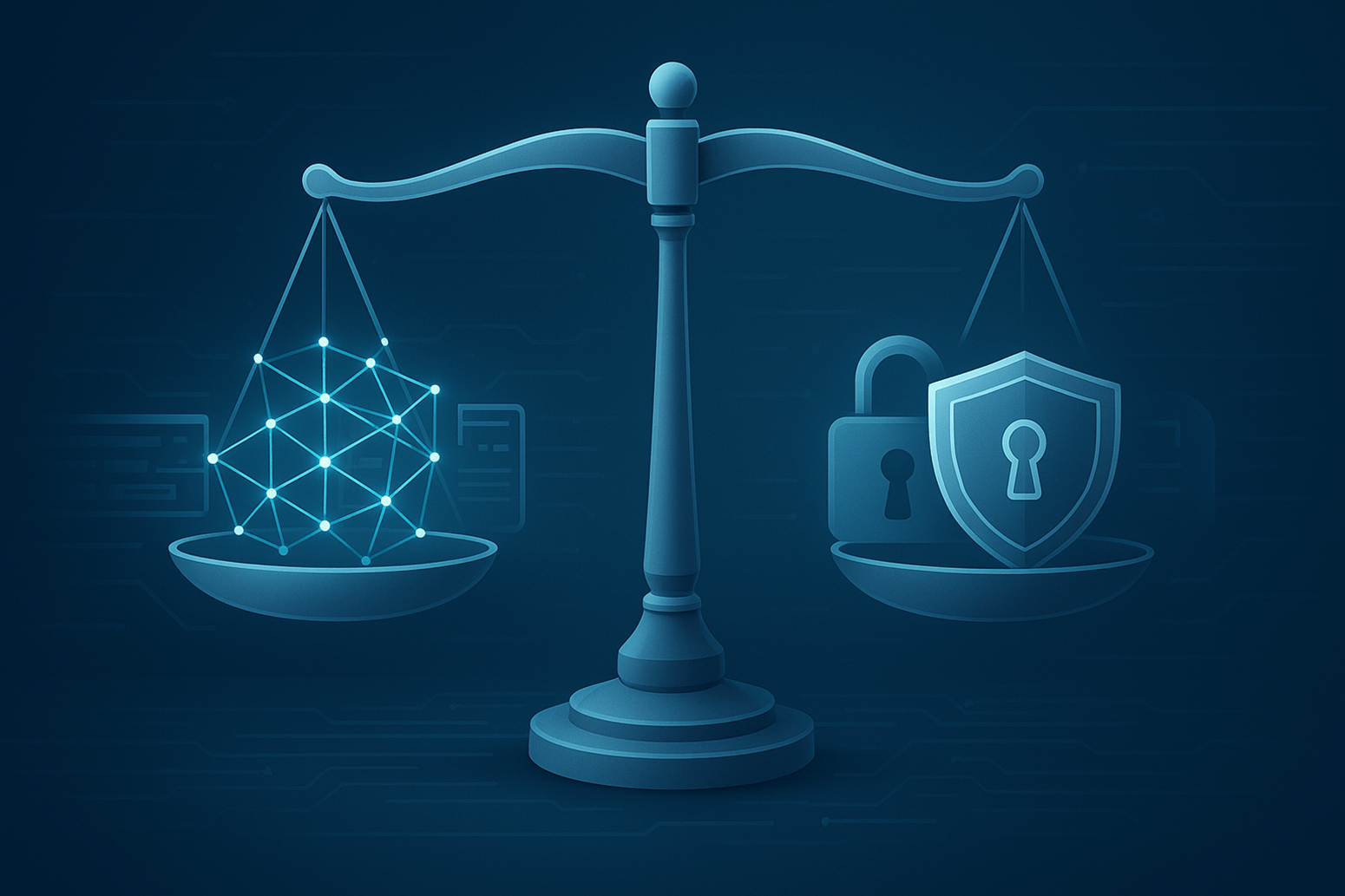Having a remote workforce that is dispersed across multiple time zones requires careful planning, effective communication and the right technology. It is more important than ever to have efficient management techniques since 62% of employees say they collaborate with team members across time zones. Managing a workforce of this kind requires not just scheduling but also encouraging open communication and sustaining constant output during different work hours.
This guide will explore the best tools and practices to streamline communication, scheduling and project management helping you lead a distributed team with efficiency. Lets explore the tools that make seamless remote teamwork possible.
Harnessing Technology for Effective Attendance Management
Managing attendance well it is an essential part of team cooperation when working remotely. The importance of attendance tracking software becomes much more apparent when team members are located in different time zones. These systems let supervisors keep tabs on employees see how much time each task takes and check if everyone is sticking to their time tables.
Plus these apps do more than just make payroll easier they notify supervisors when workers often start or end workdays early or fail to comply with their assigned hours. Having everyone on the team be honest and open about their work hours is essential if productivity is to be maintained across different locations.
Enhanced Scheduling with Intelligent Calendars
Smart calendars like Google Calendar, Outlook and Calendly make it easy for teams to spread out across several time zones to plan meetings. Scheduling meetings has never been easier than with these kinds of calendars which take into account everyones local time and automatically modify the schedules accordingly. In the terms of participation and punctuality their features which include shared calendars, reminder settings and mobile device accessibility are excellent.
Teams can be use the tools to indicate when they are unavailable which helps with capacity scheduling and ensures that meetings happen at times that everyone can make it to. Better cooperation and less misunderstandings over when things should happen are the outcomes.
Optimizing Team Interaction through Communication Platforms
Any team needs strong communication, but for those spanning several time zones more so. Tools supporting both synchronous and asynchronous communication abound on sites including Slack, Microsoft Teams and Zoom. Real time chats and video conversations allow quick answers for immediate questions less important contacts can be handled with tools such threaded messaging and shared documents.
This adaptability makes sure that everyone is welcome and that no one on the team is left out because of where they are or when they were born. No matter the time of day, everyone may take part in discussions and decisions to the fullest.
Streamlining Projects with Management Software
For remote teams to function efficiently project management solutions are a must have. Tasks may be easily created assigned to team members due dates can be defined and progress can be tracked using these platforms. As an added bonus they interact with other programs for better job management, including email, file storage and time tracking. You can keep projects on track even when team members aren’t working together since these technologies streamline tasks make everyones responsibilities and due dates crystal clear and simplify project details.
Eliminating Time Zone Confusion with Dedicated Tools
Scheduling problems caused by time zone variations might lead to the missing of crucial meetings or deadlines. For that reason, people come up with answers to these issues. By providing instantaneous exact time translations they make it easier to set mutually agreeable deadlines and appointments allowing teams to operate more effectively across time zones.
By displaying the current time in several time zones, these tools facilitate the scheduling of meetings and the creation of deadlines that are suitable for all team members. Incorporating these technologies into day to day operations may help team members become more self-reliant by allowing them to independently verify and check timings.
Cultural Sensitivity Training: Beyond the Clocks
Cultural awareness is just as vital as technology when it comes to managing the logistics of remote work. Cultural differences impact peoples communication styles work habits and expectations. Team members from different origins may work together more effectively and with fewer disagreements if they get cultural sensitivity training. Giving teams tools and training courses will enable them to negotiate cultural quirks and foster a more harmonic and inclusive workplace.
Conclusion
Managing a remote workforce distributed throughout time calls both the correct technology tools as well as a thorough awareness of cultural variances. From attendance monitoring and smart scheduling to thorough project management and cultural training, using the tools covered will help you to guarantee that your team runs effectively and without problems. Technology that links across cultural boundaries as well as physical distances will help to pave the road for successful remote cooperation. Let’s welcome these instruments and approaches to make distance’s difficulties chances for cooperation rather than obstacles.












